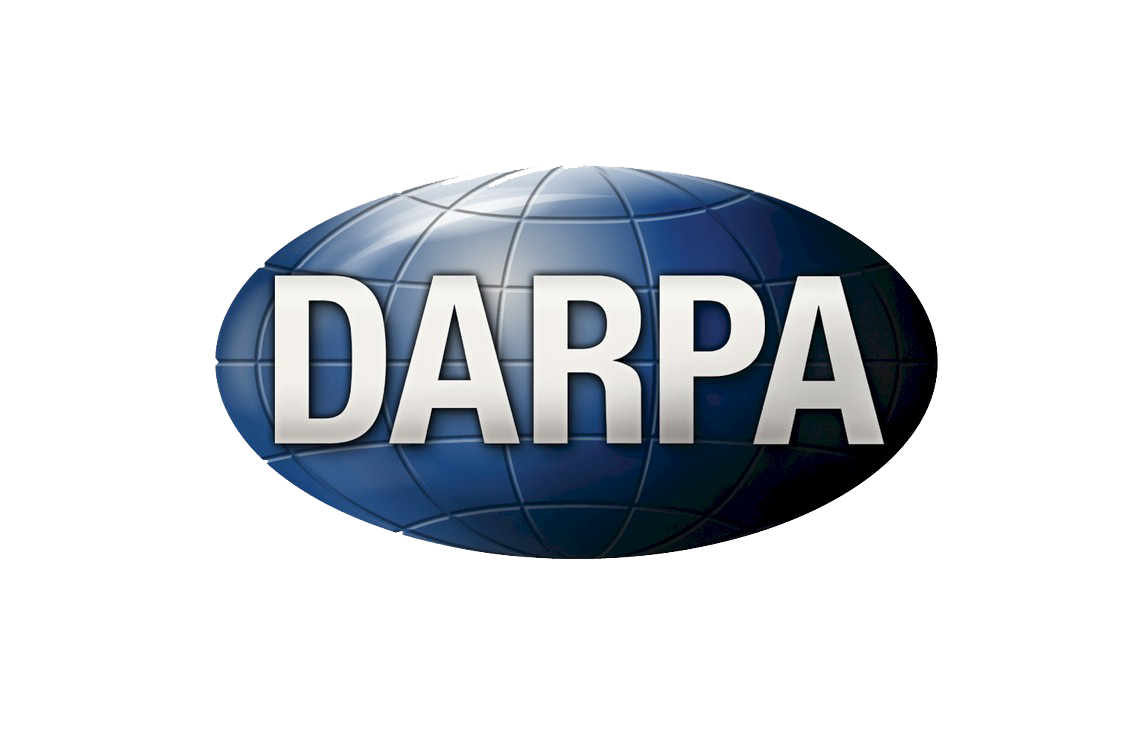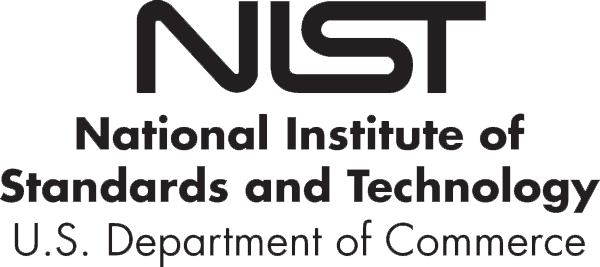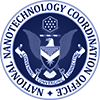Enable a Paradigm Shift in Materials Development
Goal 1: Enable a Paradigm Shift in Materials Development and Use
- Encourage and Facilitate Integrated R&D
- Facilitate Adoption of the MGI Approach
- Engage with the International Community
To achieve the vision of decreasing the time and cost of the materials discovery to deployment process, MGI must drive a shift in the way the community conducts research and development (R&D) and the commercial activities that produce and use materials. Fundamentally, this paradigm shift requires a change in the way teams collaborate. Collaboration today is widespread and productive, yet often narrowly confined to teams of scientists with similar expertise in theory, experiment, or simulation. Collaboration can become more fruitful through the seamless integration of theory; materials characterization, synthesis, and processing; and computational modeling. Further, advances in fundamental scientific knowledge and tools must be transitioned and integrated into engineering practice and application. This multidisciplinary approach will accelerate progress as results from each aspect inform the work of the others, enhancing communication across disciplines, avoiding delays and missteps, and enabling optimization.
This change requires engaging the entire materials community, from discovery through deployment, across the many engineering and scientific disciplines, academic departments, and industries that participate in activities related to materials. In addition, such a paradigm shift encompasses the development of this new collaboration model integrating theory, modeling, and experiment throughout the entire R&D continuum, from fundamental research through the design, optimization, and manufacturing phases. Therefore, industry plays a particularly important role in the strategy to form and adopt this new paradigm.



















